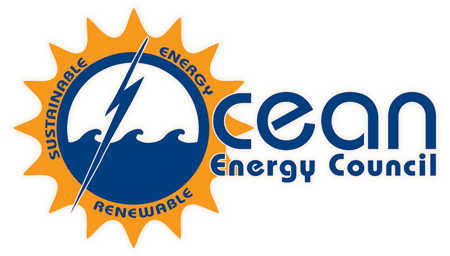What is ocean current energy?
The massive oceanic surface currents of the world are untapped reservoirs of energy. Their total energy flux has been estimated at 2.8 ¥ 1014 (280 trillion) watt-hours. Because of their link to winds and surface heating processes, the ocean currents are considered as indirect sources of solar energy. If the total energy of a current was removed by conversion to electric power, that current would cease to exist; but only a small portion of any ocean current’s energy can be harnessed, owing to the current’s size.
Why use current energy?
One of the primary advantages of this technology is the energy density. While solar and wind systems are well-suited for remote off grid locations, ocean energy is ideal for large-scale developments in the multiple gigawatt range. Sea water is 832 times as dense as air, providing a 5 knot ocean current with more kinetic energy than a 350 km/h wind.
According to Devon Girard, The Blue Energy Power System acts as a series of underwater windmills exposed to daily hurricane forces. The tremendous volume and density of ocean currents allows our technology to satisfy large electricity demands efficiently. Ocean currents are one of the largest untapped renewable energy resource on the planet. Preliminary surveys show a global potential of over 450,000 MW, representing a market of more than US$550 billion.
More about ocean current energy:
- Where will ocean current energy work?
- What impact does ocean current energy have on the environment?
- What is the cost of ocean current energy?
- What are some of the devices for ocean energy conversion?
